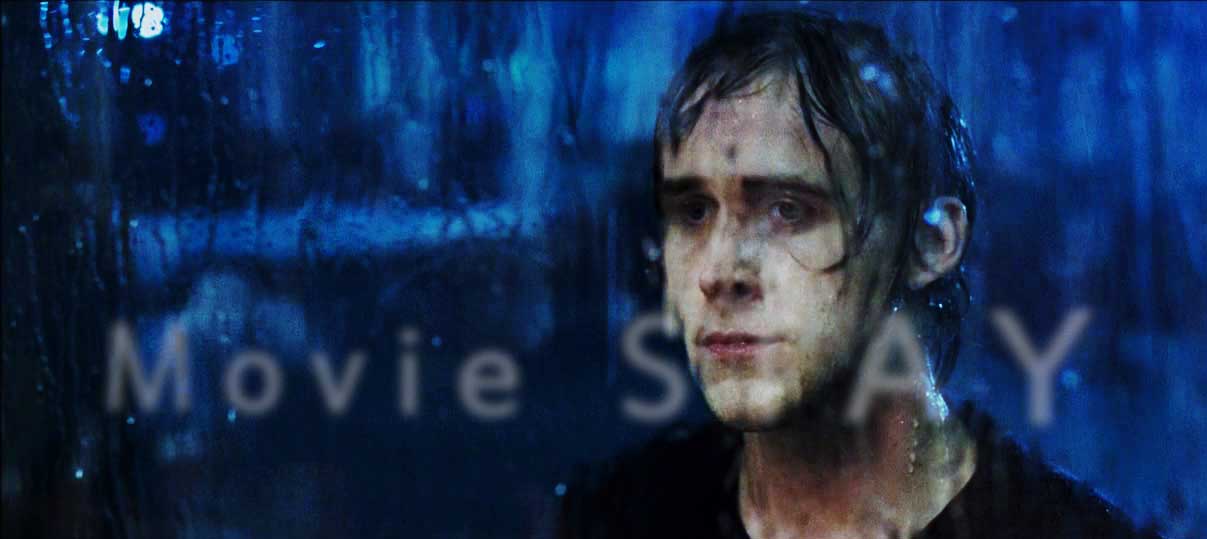If Mark Foster were a bit more exalted about his uniqueness, he could very well have turned into a decent David Lynch. But Mark doesn’t take the easy road. How many times can you bleed out before it turns out that you’re finally dying on the Brooklyn Bridge due to some burst tire? How many paintings have you swapped for second-hand books with that vendor? How many times have you written “Forgive me” on the walls of an unfurnished apartment? And are you sure this apartment even exists? Mark takes me from clarity into the full confusion of the roles we play and the people who play the roles.
At first, it seems like everything is clear, but gradually, the familiar schizophrenic plot I love—of a thin, pale creature being extracted from a psychiatrist tangled in himself—turns into a puzzle more complicated than a Lynch film. But while Lynch’s work, if desired, can be neatly organized into strictly systematic compartments (though it’s better not to do that, as the thrill of the magnificent thriller’s intrigue becomes as readable as a baby book), Foster remains a veil of transparent spirits, leading into the intricate web invented by Roebling and painted in glowing colors across the canvas of New York’s night.
The plot, which seemed so well-formed at the start, begins to trip over its own feet, and eventually hangs somewhere on the side like an inside-out pocket, unaware that it ever existed at all. Just two more minutes. Four deaths and one new love. You’re left completely dazed and utterly satisfied.
Beautiful cinematography. An interesting psychological storyline. The absence of sticky psychiatry with intense emotions. A great film.
